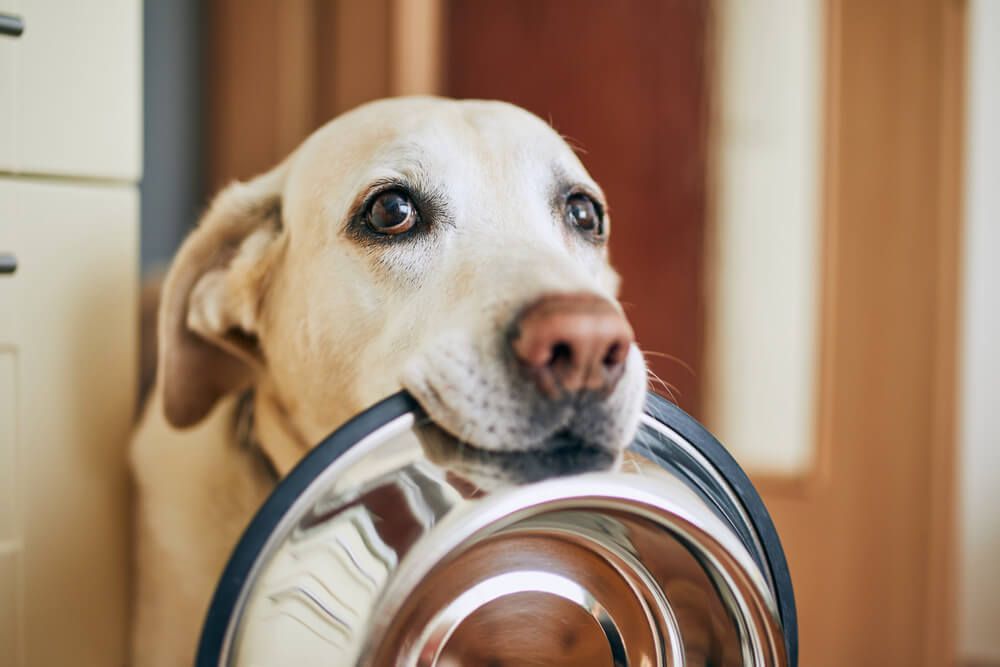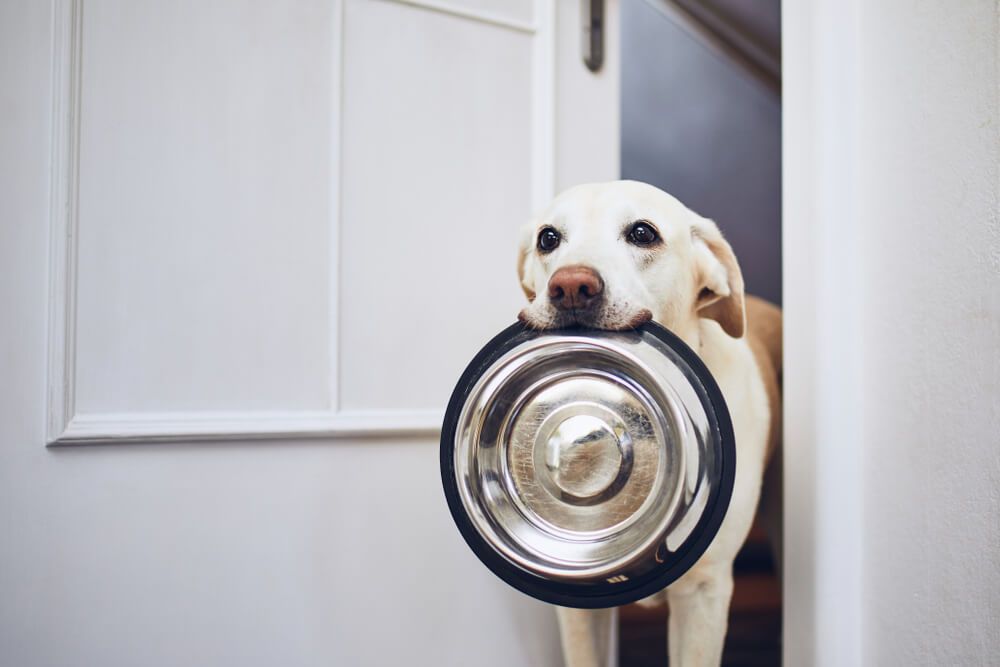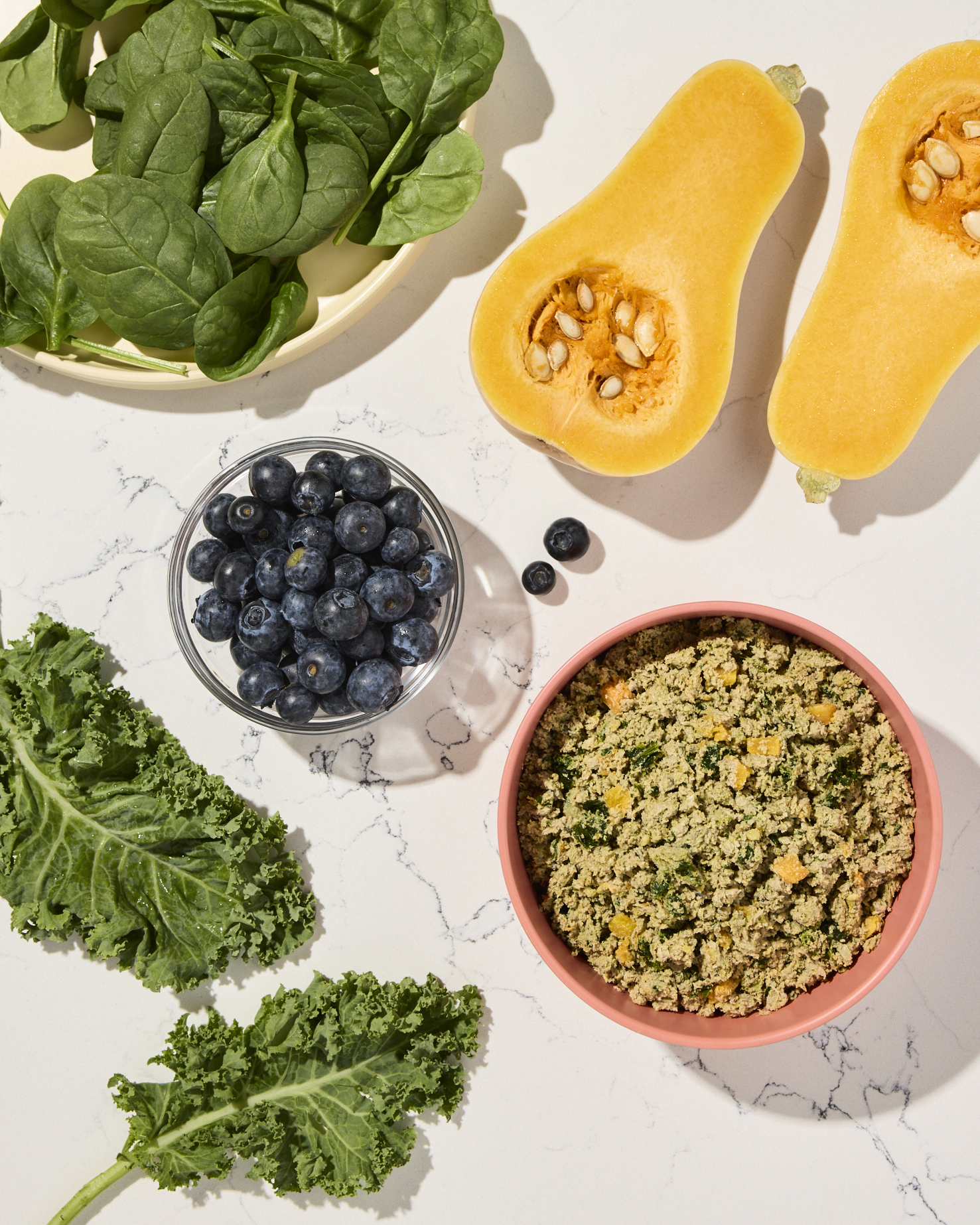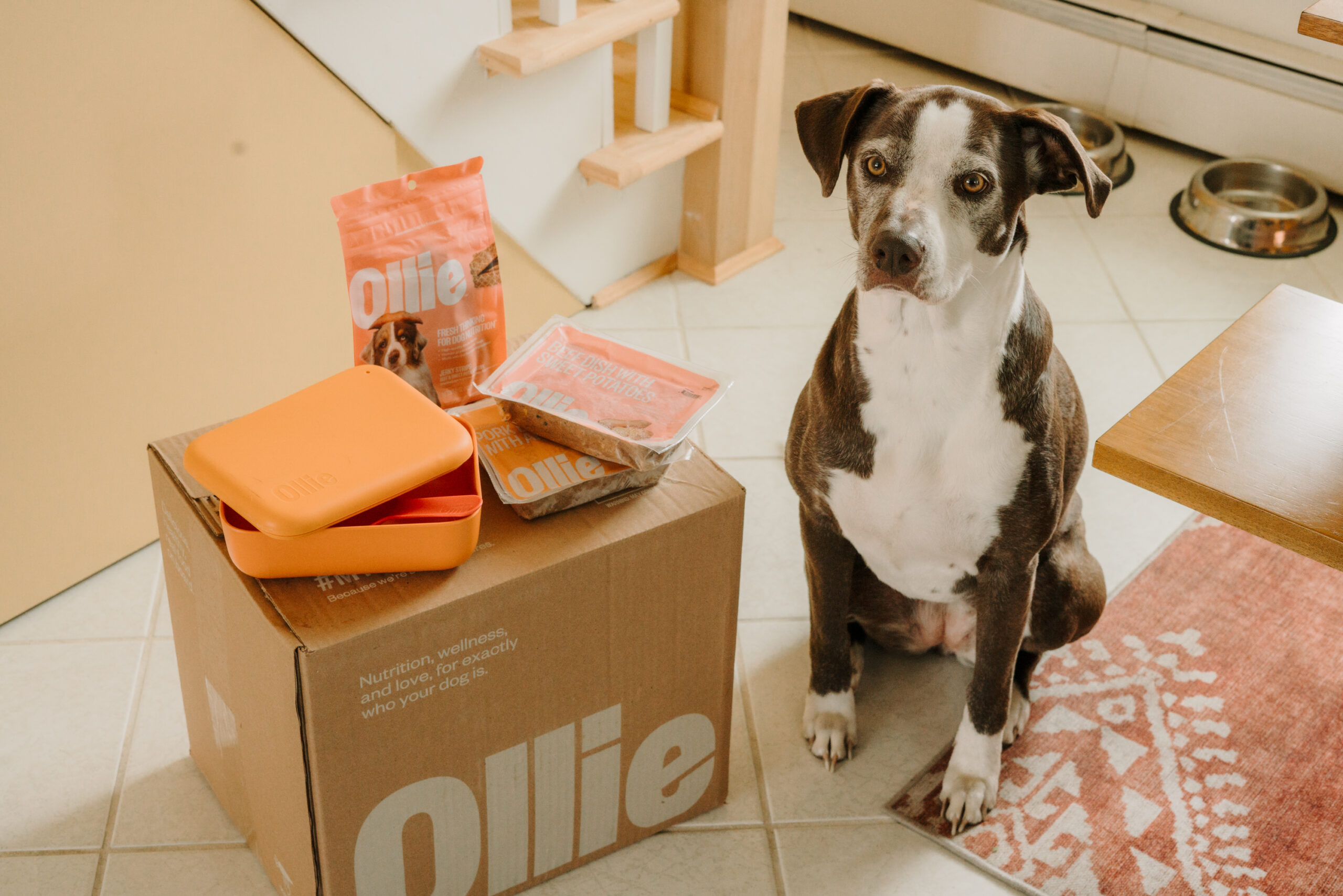Hey Ollie blog readers! We’re offering you an exclusive 60% OFF your starter box! Try now!
Picture the germiest spot in your home. Chances are you picked the toilet bowl or even the spot under the garbage disposal ring, or maybe the inside of a trash can. All of those place probably do get pretty gross. However, you’re just getting warm.
You might be surprised to learn that a study done by NSF International examined 30 everyday items from 22 different households, and pet food dishes ranked 4th on the list of germiest spots. The top three positions were held by the kitchen sponge/dish rag, kitchen sink, and toothbrush holder. Hopefully this is inspiring a little extra cleaning in those areas and maybe a new sponge!
You might be wondering how often (and with what) to clean your dog’s dishes to keep them sparkling and germ free. We will break down the best way to keep your pup and the rest of your household safe.
Why clean your dog bowls?
Dogs and cats have bacteria in their mouths, just like people. That bacteria can be transferred to dishes they eat and drink from." says Anne Norris, from the Office of Foods and Veterinary Medicine at the U.S. Food & Drug Administration .
Food left in the dishes can provide the microbes with a good environment (with moisture and nutrients) for multiplying and producing numbers capable of causing illnesses in people who touch the dish or the pet that eats or drinks from it.
Symptoms of illness from contaminated dishes, like other food-borne illness, may range from mild to severe and include upset stomach, abdominal cramps, nausea and vomiting, diarrhea, fever, and dehydration.
How often should you clean dog bowls?
Dog bowls should be washed at least daily with hot, soapy water. Remember to dry your bowls after washing, as bacteria and mold love warm, wet areas!
You can also wash your dog’s dishes much like your own, after every meal. With some dogs or puppies eating three times a day, this can lead to a lot of scrubbing, but it is worth it for the peace of mind.

How to clean your dog’s bowls
There are a few ways to make sure your dog bowls get really clean. While daily washing is important, here are a few more ways to get those dishes squeaky clean.
-
Use a solution of one tablespoon of unscented chlorine bleach and one gallon of water to sanitize the dishes. Be sure to rinse well after so the bleach does not linger.
-
If your dog’s dishes are dishwasher safe, you can put them in the dishwasher to clean. Read any directions first as some plastic dishes are only safe on the top rack.
-
Check your plastic dishes often for cracks. Bacteria can get into these cracks and they are hard to fully clean. Consider replacing your pup’s plastic dishes with ceramic or stainless steel for an easier and more complete clean.
Tips for removing caked on food on dog bowls
If you feed your pup wet or fresh food like Ollie, chances are some small bits can get caked onto the dog food bowl. This is espeically true if you use a slow feeder that has grooves designed to slow down a speed eater. They might not be able to get to every morsel.
Just like your dishes, if food is dried and caked on you might need to pre-soak your dog’s bowl before washing it. Scrubbing too hard could cause scratches to the dish, which if they are deep enough can harbor… you guessed it more bacteria!
Other food safety tips for your pup
While we’re focused on your dog’s dishes here, this might not be the only place your pup gets food (or treats) if you use an enrichment toy like a food puzzle or Kong to dispense food or treats, germs can hide in these too.
Consult the directions to ensure these items are being cleaned properly. A wash with hot, soapy water might be adequate. Getting food bits out of the tip of a Kong toy can be a unique challenge – these toys are dishwasher safe. You still want to check them when you remove them to ensure food isn’t stuck in the top or sides. Even though it was cleaned, germs can still breed in this stuck-on food.
Finally, remember to store your pup’s food and treats properly. Refrigerate or throw out unused or leftover fresh or wet pet food. Refrigerated pet food should be tightly covered and isolated from other foods in the refrigerator. If you are feeding kibble or a dry food, keep it in its original packaging or an airtight container that your pup can’t break into for a snack.
The Ollie blog is devoted to helping pet parents lead healthier lives with their pups. If you want to learn more about our fresh, human-grade food, check out MyOllie.com.
Tagged As:

The nutrition your dog needs,
the food they want.

Enjoying our articles? Subscribe our Newsletters and get new articles directly to your inbox
You might also like
4 June 2025
5 MINS READ
How Can Fresh Dog Food Help with Weight Management?
Maintaining a healthy weight is one of the most important aspects of your dog’s overall health and longevity. Being overweight or underweight can result in health complications and conditions that…
23 May 2025
5 MINS READ
Why Fresh Dog Food Makes Happier, Healthier Dogs That Live Longer
Every pup parent wants their dog to live a long, happy life, and the path to a healthier, happier dog starts with what’s in their bowl. Recent research and expert insights reveal that fresh dog …
by Ollie Pets
23 May 2025
8 MINS READ
Why Human-Grade Ingredients Matter for Dogs with Health Issues
For dogs with allergies, sensitive stomachs, or other health concerns, a higher quality of life starts with food made from higher quality ingredients. The right nutrition can make a significant di…
by Ollie Pets







